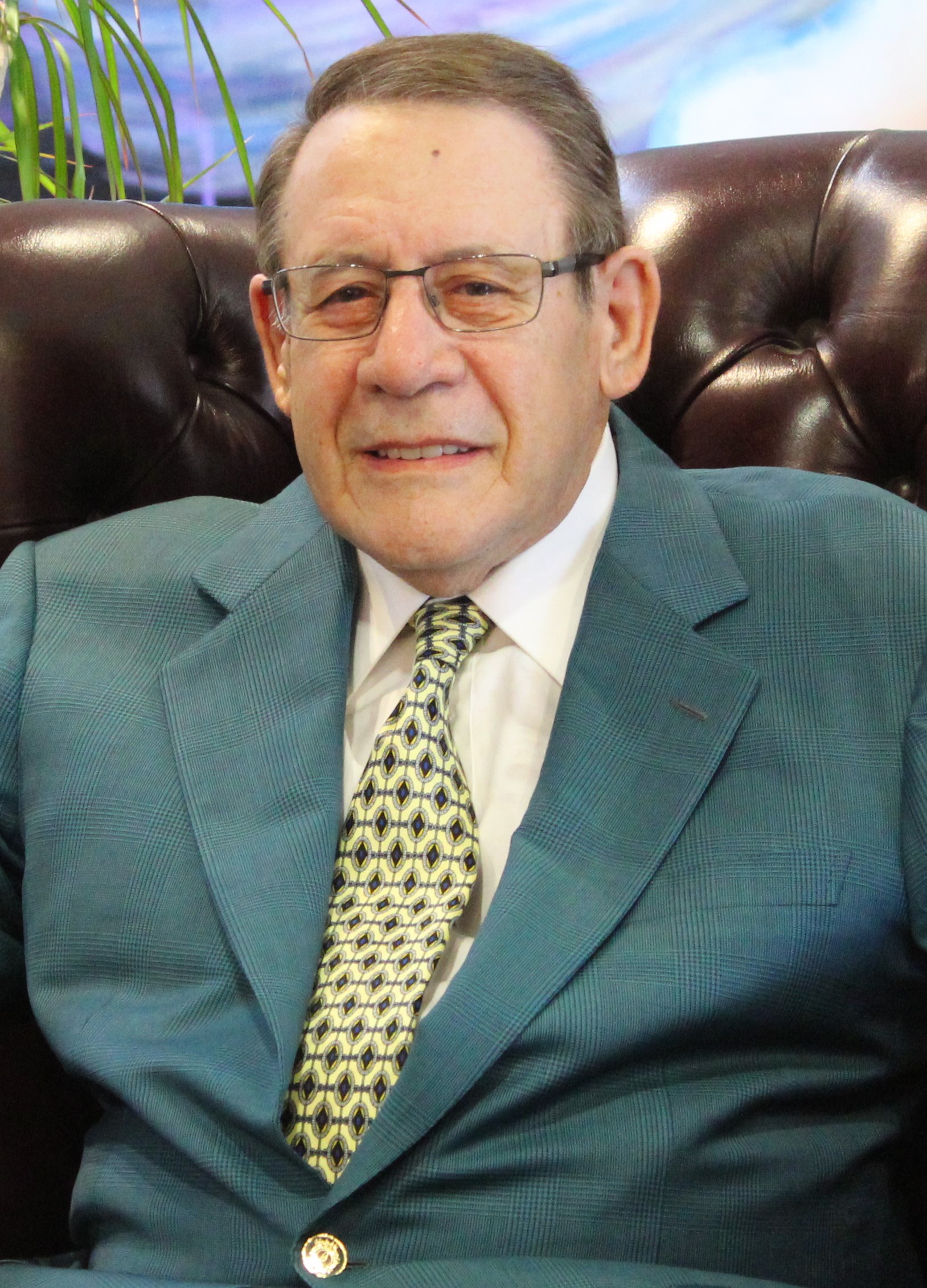The National Mining Hall of Fame and Museum announced the class of 2019 National Mining Hall of Fame inductees.
 Frank Calandra Jr. is an icon in ground control technology for the mining, tunneling, and civil construction industries. He grew Frank Calandra Inc. (FCI) and Jennmar from a single plant in Pennsylvania to a world-class enterprise with 25 plants employing thousands globally. As evidenced by Calandra’s 20-plus patents on ground control devices (not to mention the additional 80 patents his companies hold), his innovation and commitment to safety have made underground mining safer and more efficient. Through his work with industry associations, Calandra has contributed his time, expertise, and financial support to ensure a balanced political and regulatory climate for mining.
Frank Calandra Jr. is an icon in ground control technology for the mining, tunneling, and civil construction industries. He grew Frank Calandra Inc. (FCI) and Jennmar from a single plant in Pennsylvania to a world-class enterprise with 25 plants employing thousands globally. As evidenced by Calandra’s 20-plus patents on ground control devices (not to mention the additional 80 patents his companies hold), his innovation and commitment to safety have made underground mining safer and more efficient. Through his work with industry associations, Calandra has contributed his time, expertise, and financial support to ensure a balanced political and regulatory climate for mining.
 Robert E. Cannon was a renowned inventor of many products used in the mining industry, the raise drill and the underground blast hole drill being the most notable. In March 1962, he proposed a system to snuff out a fire in a stope with cuttings reamed from a drillhole at the top of the stope at the Homer-Wauseca mine in Michigan. He obtained a larger rock bit, known as a hole opener, had the bit welded upside down to the drill pipe and reamed the hole larger from a level above by pulling the bit back to the drill that created the original hole. A few years later, he invented another drill using down-the-hole hammers as the method of drilling a larger diameter blast hole than a top mounted drifter type of drill. Both types of drills are used in virtually every underground hard rock mine in the world. The raise drill also eliminated one of the most dangerous jobs in mining, the raise driller, saving countless lives over the years.
Robert E. Cannon was a renowned inventor of many products used in the mining industry, the raise drill and the underground blast hole drill being the most notable. In March 1962, he proposed a system to snuff out a fire in a stope with cuttings reamed from a drillhole at the top of the stope at the Homer-Wauseca mine in Michigan. He obtained a larger rock bit, known as a hole opener, had the bit welded upside down to the drill pipe and reamed the hole larger from a level above by pulling the bit back to the drill that created the original hole. A few years later, he invented another drill using down-the-hole hammers as the method of drilling a larger diameter blast hole than a top mounted drifter type of drill. Both types of drills are used in virtually every underground hard rock mine in the world. The raise drill also eliminated one of the most dangerous jobs in mining, the raise driller, saving countless lives over the years.
 Robert H. Freeman’s pioneering endeavors started a revolution in U.S. underground coal mining and changed the nature of underground coal mining forever. Freeman had the foresight to see how the longwall system, developed for European mining conditions, could be adapted to U.S. applications. His resolve to adapt longwall to the U.S. mining industry resulted in significant changes in extracting coal, leading to the very highly efficient and safe systems found operating the world over today.
Robert H. Freeman’s pioneering endeavors started a revolution in U.S. underground coal mining and changed the nature of underground coal mining forever. Freeman had the foresight to see how the longwall system, developed for European mining conditions, could be adapted to U.S. applications. His resolve to adapt longwall to the U.S. mining industry resulted in significant changes in extracting coal, leading to the very highly efficient and safe systems found operating the world over today.
 Mary Harris “Mother” Jones is one of the more famous labor activists for economic justice. Her battle cry, “Pray for the dead and fight like hell for the living,” truly said it all. Her powerful speeches and knack for theatrics encouraged many to form unions and strike for fair wages and safe working conditions. Known as the “Miner’s Angel” for her advocacy on their behalf, Mother Jones’s activism set the stage for the labor and safety laws people benefit from today. A champion of the working class, she organized numerous miners’ strikes against low pay, 12-hour days, seven-day work weeks, extreme mortality rates, and child labor, and railed against the servitude of company stores and company housing.
Mary Harris “Mother” Jones is one of the more famous labor activists for economic justice. Her battle cry, “Pray for the dead and fight like hell for the living,” truly said it all. Her powerful speeches and knack for theatrics encouraged many to form unions and strike for fair wages and safe working conditions. Known as the “Miner’s Angel” for her advocacy on their behalf, Mother Jones’s activism set the stage for the labor and safety laws people benefit from today. A champion of the working class, she organized numerous miners’ strikes against low pay, 12-hour days, seven-day work weeks, extreme mortality rates, and child labor, and railed against the servitude of company stores and company housing.









